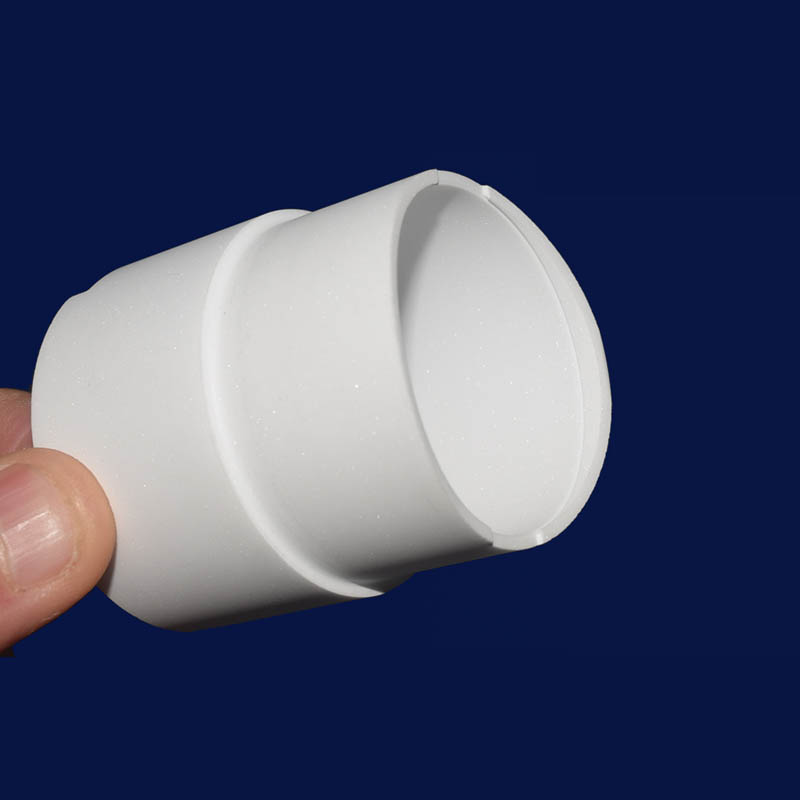Failure reason and treatment of bearing overheating
Time: 2019-01-12 Writer: mingrui
Failure reason and treatment of bearing overheating
In the grinding process, the contact zone between the grinding wheel and the workpiece consumes a lot of energy and generates a lot of grinding heat, resulting in local instantaneous high temperature in the grinding zone.On the basis of the theory of linear motion heat source heat transfer formula derivation, calculation or by the method of infrared ray and measured experiment under the condition of instantaneous temperature thermocouple method, can be found in the grinding zone within 0.1 ~ 0.001 ms instantaneous temperature up to 1000 ~ 1000 ℃.Such instantaneous high temperature is enough to produce high-temperature oxidation, amorphous microstructure, high-temperature tempering, secondary quenching, and even burns and cracks in the surface layer at a certain depth of the working surface.

(1) Surface oxidation layer
Under instantaneous high temperature, the steel surface interacts with oxygen in the air and rises to an extremely thin (20 ~ 30nm) layer of iron oxide.It is worth noting that there is a corresponding relationship between the thickness of oxide layer and the total thickness of surface grinding metamorphic layer.This indicates that the oxide thickness is directly related to the grinding process and is an important indicator of grinding quality.
(2) Amorphous structure layer
When the surface of the workpiece reaches the molten state due to the instantaneous high temperature in the grinding area, the molten metal molecular flow is uniformly coated on the working surface and cooled by the base metal at a very fast speed, forming an extremely thin amorphous structure layer.It has high hardness and toughness, but it is only about 10nm, which can be easily removed in precision grinding.
(3) High temperature tempering layer
The instantaneous high temperature in the grinding area can make the surface be heated to a temperature higher than the tempering temperature of the workpiece within a certain depth (10-100nm).In the case that the austenitizing temperature is not reached, with the increase of the heating temperature, the surface layer by layer will produce the microstructure transformation of re-tempering or high-temperature tempering corresponding to the heating temperature, and the hardness will decrease accordingly.The higher the heating temperature, the greater the hardness drop.
Causes of bearing heat and elimination methods
(1) reason: bearing accuracy is low
Methods: the bearings with specified accuracy grade were selected.
(2) reason: spindle bending or box hole with different center
Method: repair the spindle or box.
(3) reason: the belt is too tight
Method: adjust the belt to fit the tightness.
(4) reason: poor lubrication
Method: select the specified lubrication material and clean it properly.
(5) reason: low assembly quality
Methods: to improve assembly quality.
(6) reason: running ring of bearing inner shell
Method: replace bearing and related worn parts.
(7) too much axial force
Method: the clearance of sealing ring should be between 0.2 mm and 0.3mm, the diameter of impeller balance hole should be corrected, and the static balance value should be checked.
(8) bearing damage
Method: replace the bearing.

 Moble: +86 18122974730
Moble: +86 18122974730 Phone: +86 746 3386888
Phone: +86 746 3386888 Email: admin@cerampart.com
Email: admin@cerampart.com Skype: +86 18122974730
Skype: +86 18122974730 Wechat: +86 18122974730
Wechat: +86 18122974730